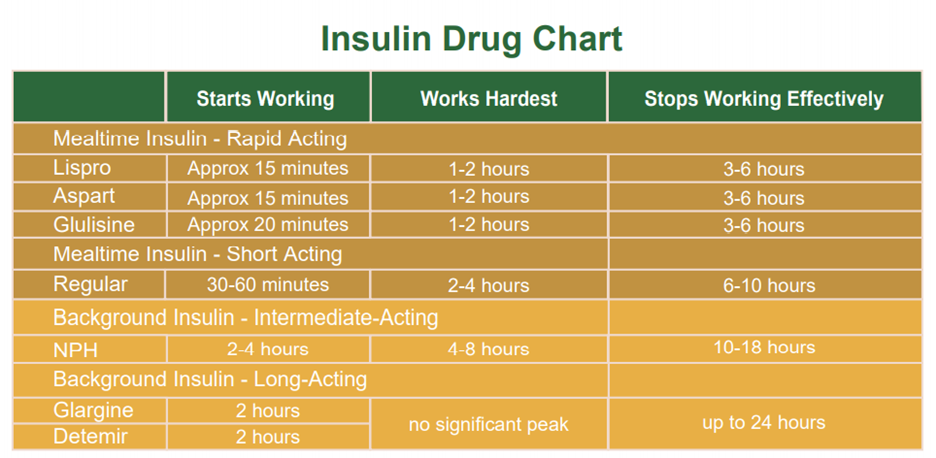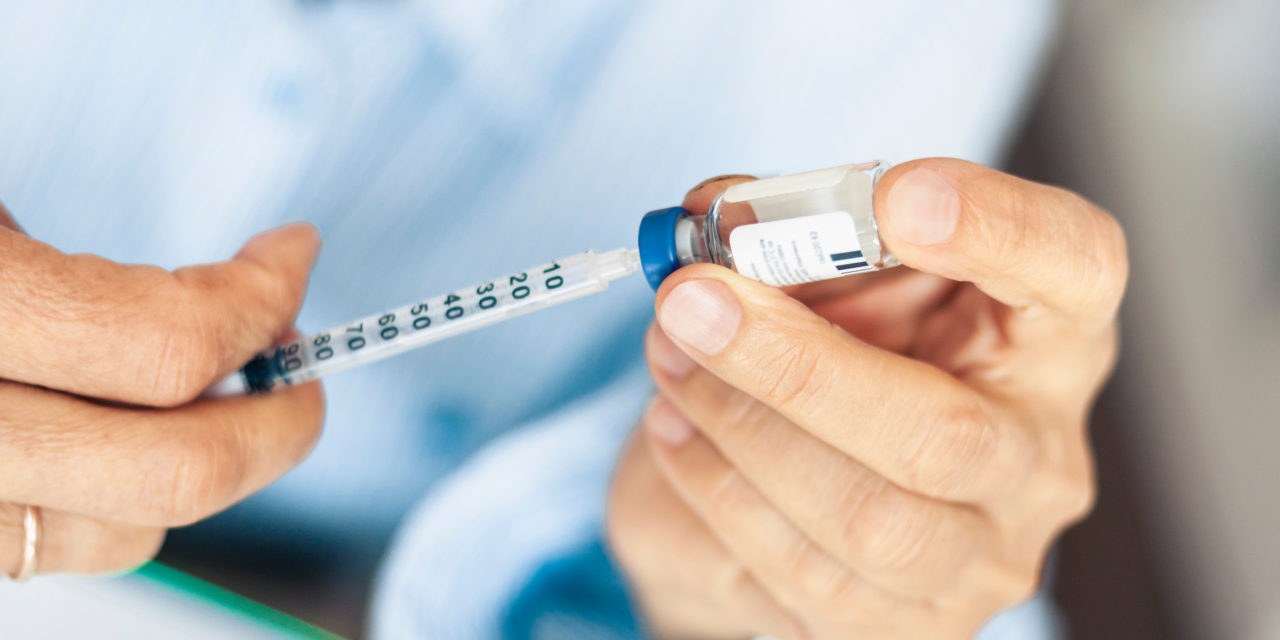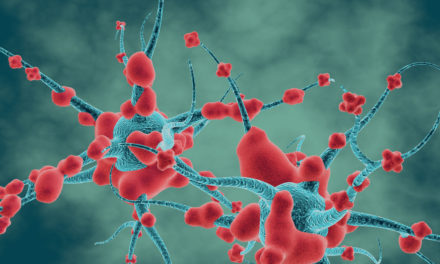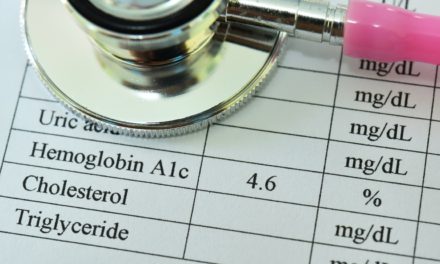Type 1 diabetes requires multiple daily doses of insulin to keep blood glucose levels from getting too high. Sometime people with type 2 diabetes will also require insulin therapy to control their blood glucose if the condition is more serious. Insulin therapy means learning how to inject the insulin with a small needle into a specific body site; you take insulin to help your body use glucose from food. The procedures on insulin injection are usually taught by your health care professional or diabetes educator.
There are two types of insulin: mealtime insulin and background insulin. These two therapies work together to meet the body’s needs.
Insulin Action Times
- Mealtime insulin supplies a quick burst of insulin that starts working fairly quickly, and it usually works with the carbohydrates eaten at a meal or during snacks. Among the meal time insulin, there are two kinds: rapid-acting and short-acting insulin. The rapid-acting insulin works the fastest and it is usually taken right before meals. The short-acting insulin is taken about 30-45 minutes before eating.
- Background insulin is different from the mealtime insulin in which it works gradually and continues working, and it is supposed to last longer than mealtime insulin. This type of injection helps to provide low level of insulin throughout the day and overnight to work with low levels of glucose. Just like mealtime insulin, the background insulin also has two kinds: long-acting and intermediate-acting insulin. On a regular basis, people with type 1 diabetes usually take background insulin once or twice a day.
Insulin Therapy

Insulin Delivery Method
- Always remember to take your insulin.
- Be consistent with the time when you take your insulin injections.
- Try to use the same brand of insulin and always keep extra bottles in the refrigerator.
- Roll the insulin bottle when you see that it is cloudy before injection.
- Make sure to inject mealtime insulin before background insulin when taking them together.
- Angle the insulin injection at about 90-degrees when injecting.
- Dispose all syringes in a “sharp” specific container.









